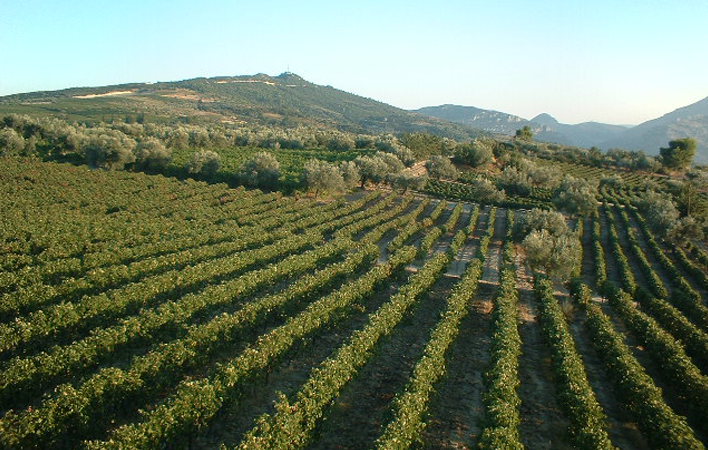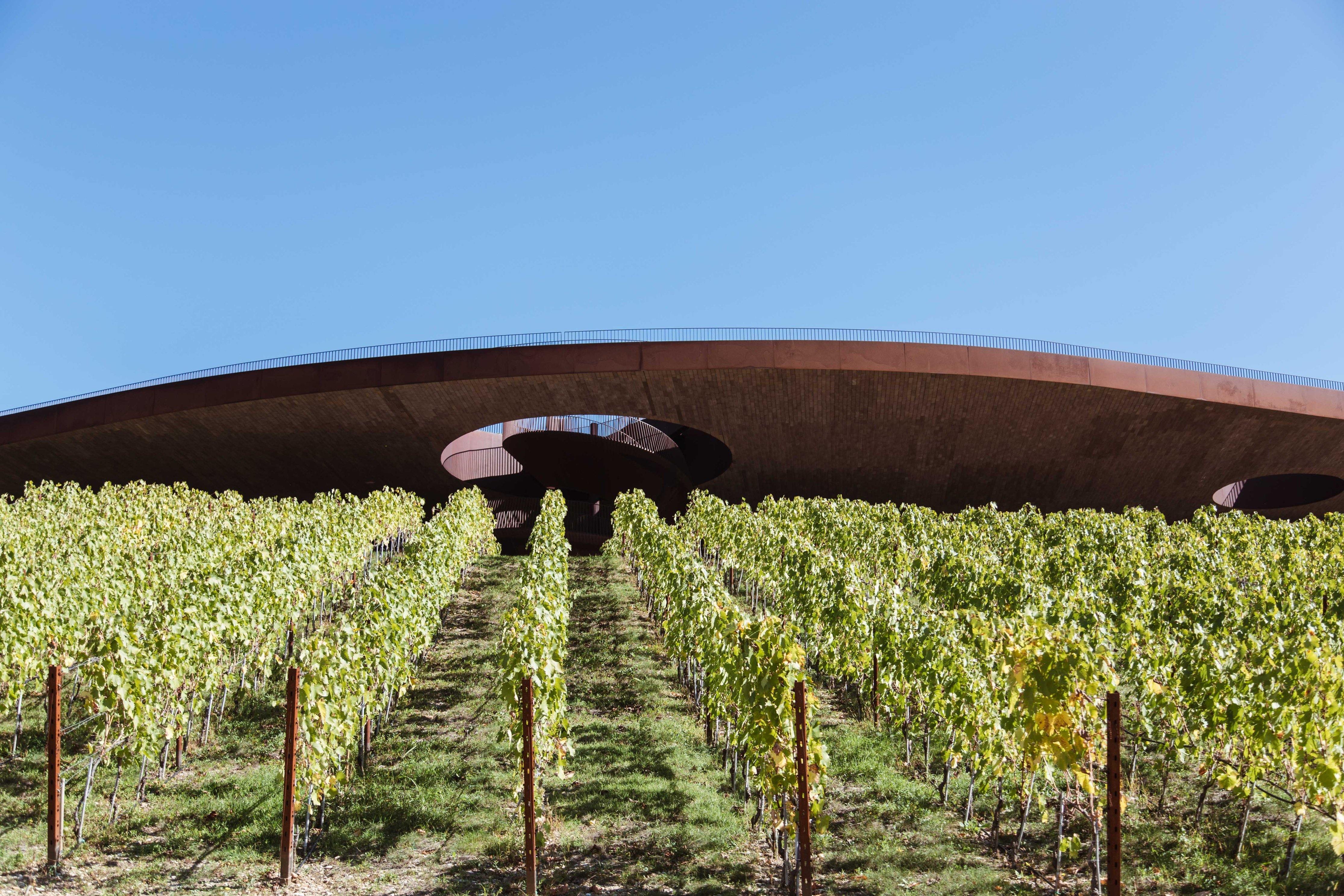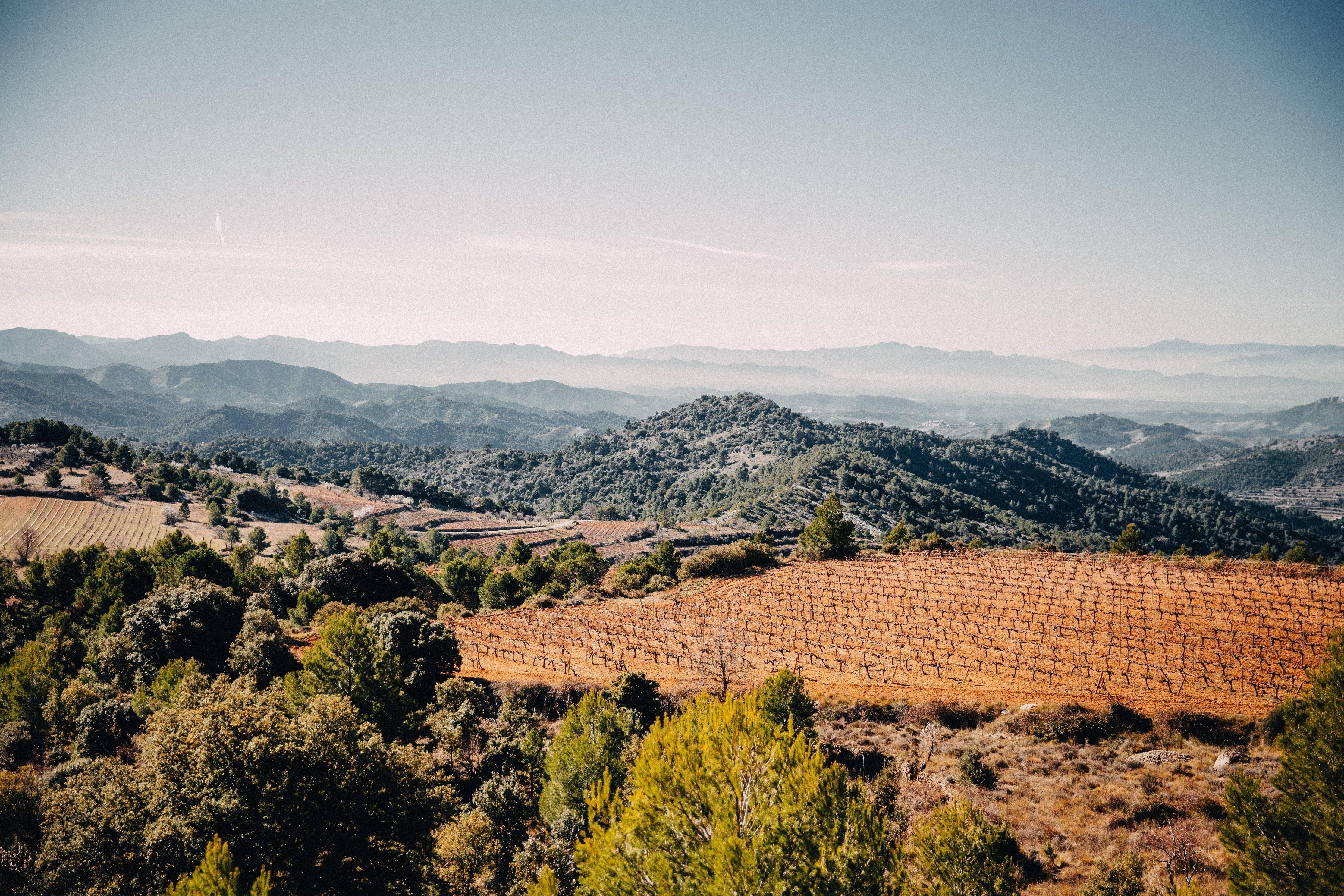The average price of a bottle of wine in the UK has gone up. In 2018 it was £5.73, 2019 was £5.93 and today it is £6.22, according to the Wine and Spirit Trade Association. The spend on sparkling wine, of course, is higher. The rise in spend might come across as a positive statistic for the wine trade, upon first glance, but it's far from it. UK duty on still wine is £2.23 plus VAT, which means that of the £6.22 spent, £3.27 of it goes straight to the tax man in duty and VAT.
So, after duty and VAT there is just £2.95 worth of juice in the average bottle.
Except there isn't really...
You also have to account for packaging costs, shipping and, of course, the seller's modest margin that they have to make in order to turn on the lights.
These are but a few of the costs incurred after the wine has been made. By the way, it takes a whole year for the vines to produce a crop. The success of which is almost purely down to the climatic conditions. It then takes (in most cases) at least six months for the wine to made and suitably aged before bottling. In these 18 months there are plenty of costs accrued: labour, winemaker salaries, vineyard supplies, consultant fees, pesticides, etc. We could go on.

Now, it is fair to say that a bottle of wine from Vino Gusto will cost more than the 'average' £6.22 bottle of wine. That probably seems odd, as we position ourselves as being 'great value'. Our aim is always to find that very best juice, within the context of the cost of a bottle of wine. We don't sell anything that we don't taste and love. Importantly, we ALWAYS consider value (not price), to be one of the most important qualities of the wines that we choose to stock. All killers, no fillers.
Importantly, there is a point at the other end of the scale where you are no longer paying for the juice in the bottle. Rather, you are likely paying for any number of intangible costs that the producer deems worthy. Rarity, vineyard land prices, ego, name, etc...
We feel that there's a very definite sweet-spot in which the quality of the juice in the bottle rises in comparison to the cost of the bottle. Our very detailed diagram below explains where we feel this to be. Of course, there are exceptions at both end of the scale...
 As I write, I am drinking a bottle which is a perfect example of outstanding value:
As I write, I am drinking a bottle which is a perfect example of outstanding value:
FAMILLE PERRIN, VENTOUX ROUGE, SOUTHERN RHÔNE, FRANCE - £12
This is an example of a big producer using their expensive resources to produce outstanding quality wine from a lesser known, cheaper region, not far from where they make their "main wine" - expensive and sought after Châteauneuf-du-Pape which sells from anything upwards of £80 on release in a good vintage year. This Ventoux comes from just a few kilometres east and is made by the same consulting team of winemakers, so it's a relative bargain - considering the sheer quality of the juice.



















Leave a comment